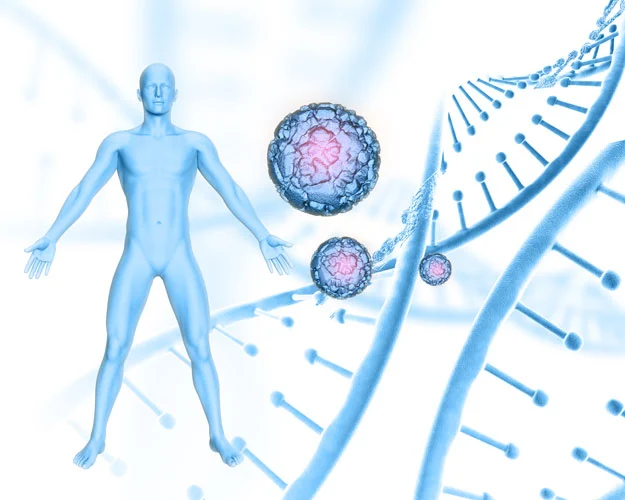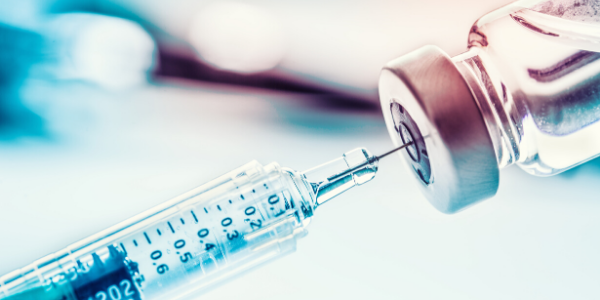Scientists looking at peptides as a potential tool for muscle development research may be curious about the most practical molecules currently available. Several peptides have been linked to hypothesized properties like the potential increase in muscle cell proliferation and fiber development.
In this comprehensive guide on peptides studied in relation to muscle cells, we have compiled the latest data to aid researchers. This in-depth review covers everything from peptide action mechanisms to potential efficacy and existing research data.
Sermorelin Peptide
Studies suggest that Sermorelin is one of the smallest functional peptides that may promote the production of growth hormone (GH) by binding to growth hormone-releasing hormone (GHRH) receptors. Sermorelin had regulatory clearance for its effect of boosting GH, an anabolic hormone, which has been suggested to increase growth hormone secretion.
MK-677 Peptide
Research suggests that the non-peptide MK-677 (ibutamoren) may mimic the effects of the endogenous hormone ghrelin, much like peptide-based growth hormone secretagogues (GHSs). Researchers are considering it a possible research candidate in the context of growth failure and GH insufficiency. Data suggests it may promote muscle development and lean mass gain, nevertheless.
Tesamorelin Peptide
Investigations purport that Tesamorelin may be an appropriate research peptide in the context of fatty tissue abnormalities in HIV/AIDS research studies; the peptide Tesamorelin has been hypothesized to increase growth hormone release via the gonadotropin-releasing hormone receptors. According to studies, Tesamorelin seems to increase the density and size of muscle cells, which might prevent substantial losses of muscle mass.
Research Peptide: What are they?
Molecules constituted of amino acids linked by peptide bonds are known as peptides. This results in complex molecular structures whose characteristics are determined by their unique sequences of amino acids. Peptides are tiny proteins that usually include two to fifty amino acids.
Their potential role as important cellular communicators, hormone modulators, and growth regulators are only a few of the physiological processes that pique the curiosity of scientists. Artifically synthesized peptides built of sequences of amino acids that often mimic native analogs, have emerged as a result of this.
Synthetic peptides often undergo strategic alterations to improve their selectivity, and potential effectiveness compared to their analogs. Hundreds more are undergoing extensive investigation.
Peptides and Muscle Cells
Multiple study peptides have suggested promising results in increasing contractile force within muscles and muscle cell proliferation. Research suggests that certain peptides may promote muscle development by increasing GH synthesis and secretion, affecting insulin-like growth factor-1 (IGF-1) expression. The primary anabolic mediator of GH, IGF-1, is primarily synthesized in the liver in response to GH and then released into the bloodstream. Also, GH may promote IGF-1 production inside muscle tissue in either a paracrine or autocrine fashion.
Increasing muscle protein synthesis (MPS) and decreasing muscle protein breakdown (MPB) are two ways in which IGF-1 might promote muscle anabolism, as suggested by studies:
- The primary mechanism by which MPS is elevated may be the phospholipase B/mTOR pathway, the main anabolic route in skeletal muscle cells.
- Inhibiting the signaling of certain catabolic mediators, such as myostatin—a protein that significantly suppresses muscle growth—may lead to the downregulation of MPB.
It is also possible that certain peptides function by interacting with inhibitors or regulators of muscle development. To avoid myostatin’s restricting effects on muscle development, researchers are looking for peptides such as Follistatin 344. Investigations purport that myostatin inhibitors and other peptides may have complex interactions within the organism, which need further research.
There is promising data that peptides may enhance GH, which might increase IGF-1 levels and promote muscle development. At the moment, this is hypothesized to be accomplished via two related classes of peptides:
- Studies suggest that analogs of growth hormone-releasing hormone (GHRH) may raise levels of growth hormone (GH) and insulin-like growth factor 1 (IGF-1) by acting similarly to endogenous GHRH, the primary physiological regulator of GH production.
- Agonists for the growth hormone secretagogue receptor (GHS R) may stimulate the pituitary gland’s and other tissues’ ghrelin receptors, increasing GH and IGF-1. When activated, these pituitary receptors—GHS receptors—cause GH production to begin.
- Experimental studies have implied that GHRH analogs such as Tesamorelin, Sermorelin, and CJC-1295 may enhance muscle mass and GH/IGF-1 levels.
Scientists interested in further studying the potential of any of the compounds mentioned in this article may find the highest quality research peptides on the Core Peptides website. Please note that none of the substances mentioned in this article have been approved for human or animal consumption.


